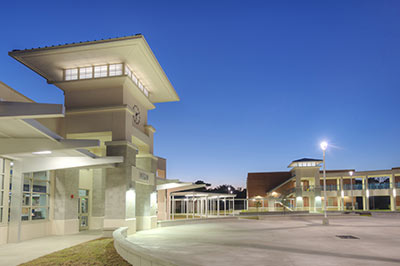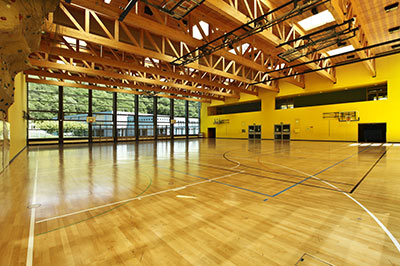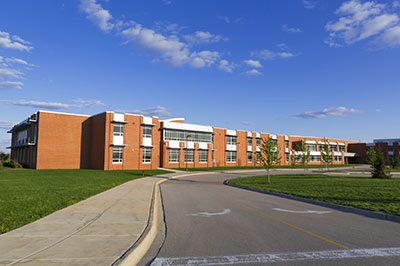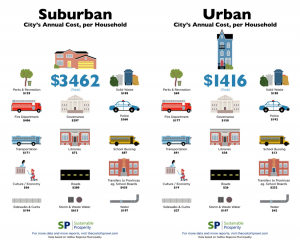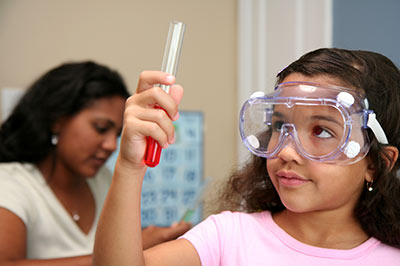By T. R. Dunlap.
Over the last decade STEM has been the topic of much discussion in education circles. STEM (science, technology, engineering and math) education promotes pertinent, science-related courses of study in the educational experience of students. In an increasingly globalized and competitive market, it is widely recognized that the need for STEM skills is rapidly increasing. While STEM sectors are in high demand, it seems there are simply not enough proficient participants in these fields. The U.S. Department of Education reports that only 16 percent of American high schools seniors are prepared for and interested in a STEM career (U.S. Department of Education, n.d.). With statistics like this, there is a gathering storm in the American workforce.
In American education there has been a tremendous redirection of attention to emphasize STEM courses. Consequently, governmental and philanthropic investments have been made to make STEM classes central in our education system. It follows that facility administrators and planners have sought funds to develop and bolster STEM programs at many private and public schools, and universities have invested millions of dollars in STEM-related facilities. There are some important considerations to keep in mind as educational institutions seek to expand services into the STEM markets with state-of-the-art facilities. Here are just three:
#1 – EVALUATE THE COSTS AND BENEFITS OF THE STEM INVESTMENT
STEM courses are important! Nobody is arguing against that fact. It stands to reason that educational institutions should invest in facilities that meet the demands of a global market. However, every facility may not be equipped for the most advanced STEM classroom features, and fiscal constraints will be a factor. There is great financial cost involved in designing, building or retrofitting facilities for STEM education. Biology and chemistry labs, science observation rooms, technology centers, etc., are all important and necessary.
As your institution plans to invest in STEM programs, consider the cost/benefit ratio for your particular setting. Some schools have had to navigate these waters only to find costs were greater than expected (Catalanello, Solochek, & Ackerman, 2012). Seek counsel from those organizations that have gone through this process before and develop a clear plan to identify the goals of this investment. Determine the level of financial investment that is appropriate to the goals of the institution. There is no ‘one size fits all’ approach.
#2 – REMEMBER THE IMPORTANCE OF A BALANCED CURRICULUM
STEM education isn’t the only game in town. Recently, in his Washington Post column, Fareed Zakaria even called current trends to emphasize STEM courses “dangerous” (Zakaria, 2015). Zakaria’s central point was that the elevation of STEM subjects over and against other disciplines leads to shortsightedness among students, if not their disenfranchisement for having other interests. An integrated approach to STEM education has been called for in order to develop a multidisciplinary approach to learning (Johnson, 2013). Educational planners must take care to avoid the over direction of resources to select fields of study.
#3 – STEM EDUCATION IS AN EVER-EVOLVING TREND
While STEM fields are viewed as the principle sectors for job growth and international economic advantage, there is not a clear consensus on what methods, subjects, and criteria comprise STEM education (Brown, 2012). Courses in biology, chemistry, and physics will find a comfortable home within the STEM education classification; however, the evolution of technology and changes in the types of jobs in demand demonstrate that STEM is evolving and there is yet to be a comprehensive definition.
We must remember that STEM education is a trend, and, like all trends, it undergoes critique, evolution, and reinterpretation. Currently, there are several other STEM derivatives. STEAM education is a newer framework for teaching (Yakman, 2012). The ‘A’ in STEAM refers to ‘the arts’, as this approach integrates the arts—visual art, performance, music, etc.—within the STEM paradigm. Other spinoffs have sought to highlight ‘reading’ (R) to create STREAM education (Furman, 2014). Innovation and global competitiveness are not only driven by technology and engineering, but also by creativity, storytelling, design, and other skills. Perhaps if districts would wish to be on board with the most current trend in education, a facility investment should include appropriations for art and reading spaces.
These are just three things to think about when preparing to develop STEM programs and planning for the resultant facility adaptations that might be required. Keep in mind that a STEM investment must be thoughtful and goal-oriented; STEM courses are only one facet of education; and, the STEM trend today may not govern the education agenda of tomorrow.
Printable Blog
References
Brown, J. (2012). The Current Status of STEM Education Research. Journal of STEM Education: Innovations and Research, 13(5), 7–11.
Catalanello, R., Solochek, J. S., Ackerman, S. (2012). Bulking up STEM comes with a price tag, educators say. Retrieved from http://www.tampabay.com/news/education/k12/bulking-up-stem-comes-with-a-price-tag-educators-say/1210889
Johnson, C. C. (2013). Conceptualizing Integrated STEM Education. School Science and Mathematics, 113(8), 367–368. http://doi.org/10.1111/ssm.12043
Furman, R. (2014). STEM Needs to Be Updated to STREAM. Retrieved from http://www.huffingtonpost.com/rob-furman/stem-needs-updated-to-str_b_5461814.html
Yakman, G. (2012). Recognizing the A in STEM Education. Middle Ground, 16(1), 15–16.
U.S. Department of Education. (n.d.). Science, Technology, Engineering and Math: Education for Global Leadership. Retrieved from http://www.ed.gov/stem
Zakaria, F. (2015). Why America’s obsession with STEM education is dangerous. The Washington Post. Retrieved from http://www.washingtonpost.com/opinions/why-stem-wont-make-us-successful/2015/03/26/5f4604f2-d2a5-11e4-ab77-9646eea6a4c7_story.html
T. R. Dunlap is a research assistant at George Washington University in the Education Facilities Clearinghouse. After having worked as a foreign language educator, he now researches topics relevant to education facilities and their improvements.

